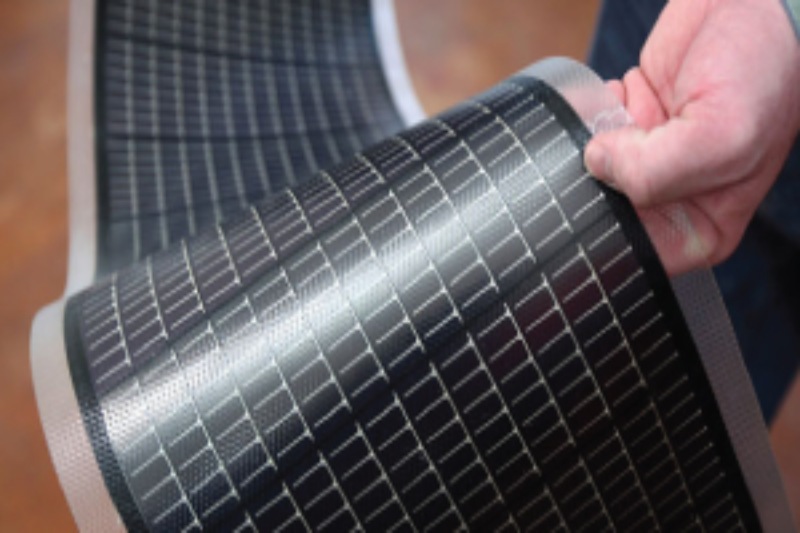This summer, NASA will use flexible thin-film solar from Ascent Solar Technologies (Nasdaq: ASTI) on a mission dubbed “big power for small spacecraft.”
The effort is being led by NASA’s Space Technology effort Directorate and the Marshall Space Flight Center in Huntsville, Alabama. Its goal is to build a space power system that uses flexible, lightweight photovoltaic (PV) to provide spacecraft with inexpensive electricity.
The Lightweight Integrated Solar Array and anTenna (LISA-T) project is an orbit-deployed array comprising thin-film photovoltaic and antenna elements that can be launched and stored.
This is the fourth flight of NASA’s Pathfinder Technology Demonstrator (PTD) program, which tests cutting-edge, compact spacecraft technology in orbit. These missions, which are overseen by the Silicon Valley-based Ames Research Center, incorporate state-of-the-art technology into upcoming NASA scientific and exploration programs.
The solar arrays for LISA-T from Ascent Solar Technologies are lightweight, occupy less space when packed, and produce three times the power of alternative PV solutions. With possibilities to generate kilowatts of power to small spacecraft, the arrays are meant to scale larger than the mission’s typical CubeSat nanosatellites in terms of size and form factor.
Ascent Solar Technologies CEO Paul Warley stated: “In November, Ascent Solar Technologies announced that this quarter, it will launch the Titan line, which has a power output of 17.55% efficiency and is optimized for use in a space environment.” The Titan module has a target output of 17 watts, weighs 10 grams, and is around one square foot in size.
Prior to this trip, NASA’s Materials International Space Station Experiment (MISSE-X) has already tested Ascent’s PV technology on board the International Space Station. Both in their bare form and when enclosed, the flexible arrays of copper indium gallium selenide (CIGS) resisted the harsh conditions of space.
More solar modules from Ascent, this time using lighter and more affordable laminates, will be tested on a MISSE payload that will travel to the space station as part of SpaceX’s 30th Commercial Resupply Mission in March.


